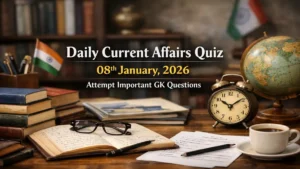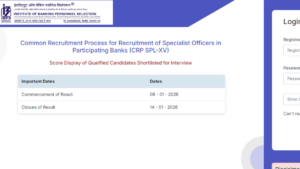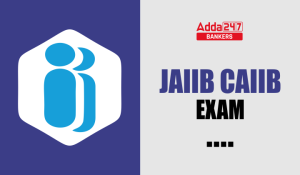Directions (1-5): Study the following information to answer the given questions.
Six ministers L, M, N, O, P and R—are sitting around a circular table facing towards the centre. They are from different states viz. MP, NP, NL, PM, NRO and LO but not necessarily in the same order. Each of them likes a different food items viz. Ginger, Mango, Tomato, Lemon, Spinach and Potato, but not necessarily according to the order given. The persons who are from MP, NL, and LO like neither Ginger nor Mango. The persons who like Tomato and Spinach are neither from MP nor NL. M is from NL while R is not from MP. The one who is from NRO is to the immediate right of the person who likes Ginger but on the immediate left of the person who is from NL. L does not like Ginger and is not on the immediate left of the person who is from PM. The one who is from MP is sitting opposite to the person who likes Potato while the person who likes Tomato is on the immediate left of the person who is from LO. The only person who is sitting between P and R is form NP. The person who is sitting on the immediate left of the person who likes Ginger is not from NRO. O is from PM and he likes Tomato. O is facing the person who is from NP. P is from MP.
Q1. Who among the following likes Ginger?
Q2. The only person who is sitting between P and O likes which of the following food items?
Q3. Who among the following is from LO?
Q4. Which of the following is correctly matched?
Q5. The person who is form NRO likes which of the following food items?
Directions (6-8): Study the following information carefully to answer the questions given below —
A, B, C, D, E, F and G are seven members of a family. Three of them are women. There are two married couples in the family. Each of them has a different profession - doctor, engineer, lawyer, officer, writer, manager and singer but not necessarily in the same order. B is an engineer and married to F who is a manager. A is brother of G who is a doctor. C is a lawyer and she is an unmarried woman. D is an officer and is sister of G. E is not a writer. D is daughter of B and sister of C.
Q6. Which of the following combinations is definitely true?
Q7. Which of the following combination represents pair of two husbands of married couples?
Q8. What is the profession of E?
Q9. If ‘B × C’ means ‘B is the daughter of C’, ‘B + C’ means ‘B is the husband of C and ‘B – C’ means ‘B is the sister of C’ then what does ‘M + N – P × Q’ mean?
Q10. D said, “A’s father is the only brother of my sister’s son”. How is A’s father related to D?
Directions (11-15): Each of the questions below consists of a question and two statements numbered I and II given below it. You have to decide whether the data provided in the statements are sufficient to answer the question. Read both the statements. Give answer-
Q11. How is K related to M?
I. K is the grandson of M’s father.
II. M has no sisters but has several friends and each of his friends is the only son in his respective family.
From II: The information does not give the clue to reach answer.
So both I and II is not sufficient to answer the question.
Q12. How many matches did India win in a series of ten matches against Australia?
I. When the fifth match was being played India had won all the previous matches.
II. Only one of the matches ended in a draw but the result of the matches played before and after the match drawn were mostly in India’s favour, whereas all the matches played after the seventh match were in India’s favour. Australia also won some matches.
From II: We get that the India won the matches eighth, ninth and tenth.
But these two statements even together do not tell about the result of the matches fifth, sixth and seventh.
Q13. In which direction was the tourist train ABC running?
I. A person ‘Raghu’ sitting in the train saw that his shadow fell exactly on his right. The shadow of his brother ‘Ram’ sitting opposite him fells on his left.
II. The train was not moving towards South.
Q14. What is the code for ‘X’ in a code language in which the word ‘MIXER’ is written as ‘>)*=’ ?
I. In the code language STRIP, MAPRO and ASTER are written as ‘=@$ <’ ‘(#@>’and ‘$<*#’ respectively.
II. In the code language MISER is written as ‘> $ * = ’.
From II: The four letters M, I, E and R are present in both the words MIXER and MISER and the four symbol which are common in the codes of both the words are > , * , = and . Thus we can conclude that code for the letter X is the symbol ‘)’.
Q15. In which year was Swati born?
I. Swati at present is 25 years younger to his mother.
II. Swati’s brother, who was born in 1964, is 35 years younger to his mother.
Who was born in 1964, So, Swati was born in 1954.






 Daily Current Affairs Quiz 08th January,...
Daily Current Affairs Quiz 08th January,...
 IBPS SO Mains Score Card Out at ibps.in,...
IBPS SO Mains Score Card Out at ibps.in,...
 JAIIB CAIIB 2026 Eligibility Criteria, E...
JAIIB CAIIB 2026 Eligibility Criteria, E...








